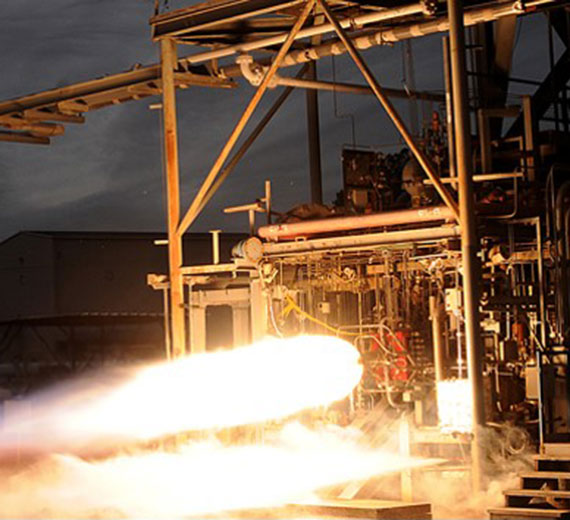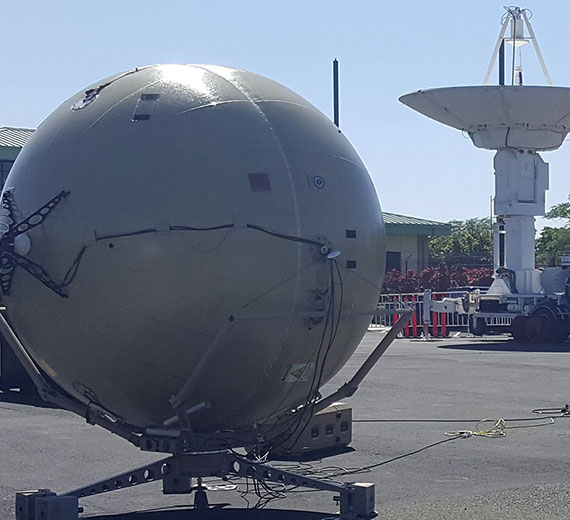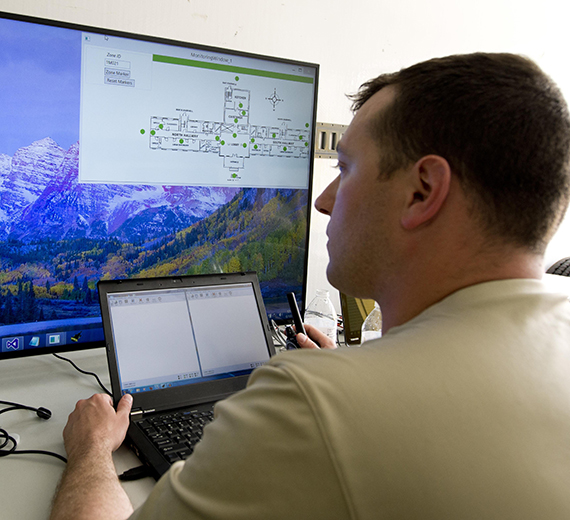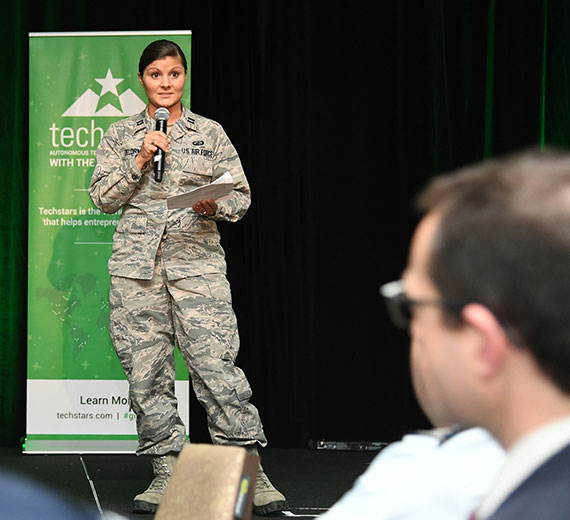Say Hello
Let us know who you are, what field you’re in and what you’re working on. Reach out today.
Talk To Us
Our team will reach out to learn more about your work, listen to your ideas, understand your goals and answer any questions.
Map The Path
Based on your unique ideas and position, we’ll map out a path for you to connect with resources (experts, funding, business development).
PARTNER SUCCESSES
-

OPTO-KNOWLEDGE SYSTEMS INC
Air Force Small Business Innovation Research
-

GATR TECHNOLOGIES
Air Force Small Business Innovation Research
-

MULTIDISCIPLINARY UNIVERSITY RESEARCH INITIATIVE
Defense Innovation Marketplace
-

BATTLE SIGHT TECHNOLOGIES
AFRL's Innovation Hubs
-

PROTECTIVE INNOVATION
Air Force Technology Transfer
-

AFWERX
Technology Accelerators
-

ABL SPACE SYSTEMS
Cooperative Research and Development Agreement (CRADA)
-

BLUE ORIGIN
Cooperative Research and Development Agreement (CRADA)

Opto-Knowledge Systems Inc
Air Force Small Business Innovation Research
Air Force Small Business Innovation Research provided seed and prototype funding to California-based Opto-Knowledge Systems Inc to develop a system to detect and analyze spectral emissions from the high-temperature combustion of rocket engine propellants. The Optical Combustion Analysis System, also known as OCAS, finds trace amounts of metallic elements that indicate wear or erosion of the engine…

GATR Technologies
Air Force Small Business Innovation Research
The Department of Defense now has access to a portable antenna with tracking capability that can be deployed in places where these capabilities are traditionally limited.
With support from the Air Force Small Business Innovation Research/Small Business Technology Transfer Program and the Air Force Research Laboratory, Alabama-based GATR Technologies developed a version of its inflatable antenna that can follow moving targets. Also known as GATR TRAC, the new antenna is relatively lightweight and has a low-stowage volume so it can be easily transported then quickly assembled.

Multidisciplinary University Research Initiative
Defense Innovation Marketplace
The Multidisciplinary University Research Initiative (MURI) program funds teams of investigators that include more than one traditional science and engineering discipline in order to accelerate the research progress. Notable examples include self-assembled materials (SAM), microcontact printing and advances in fully optical data control and switching.

Battle Sight Technologies
AFRL's Innovation Hubs
AFRL’s Innovation Hubs
Battle Sight Technologies worked with the Wright Brothers Institute, who acted as a guide, in the Technology Acceleration Project to discover an AFRL chemiluminescent writing device technology, license the technology from AFRL and leverage community resources to scale up and find customers.

Protective Innovation
Air Force Technology Transfer
Air Force Technology Transfer
A patent developed by Air Force scientists and engineers to Protective Innovation to commercialize an active shooter alert system. The system was developed as part of the Air Force Research Laboratory Commander’s Challenge. Protective Innovation was founded by a veteran, former USAF Captain Chris Perrine, who participated in the team that produced the technology. Perrine hopes to deploy the technology to schools, airports and military bases.

AFWERX
Technology Accelerators
AFWERX is expanding technology, talent, and transition partnerships for rapid and affordable commercial and military capability.
Organizationally, AFWERX has three efforts:AFVentures, Spark,andPrime.

ABL Space Systems
Cooperative Research and Development Agreement (CRADA)
The Air Force Research Laboratory and ABL Space Systems are collaborating to develop and test rocket propulsion elements for use in launch vehicles thanks to a 3-year Cooperative Research and Development Agreement (CRADA) both organizations have agreed to.

Blue Origin
Cooperative Research and Development Agreement (CRADA)
The Air Force Research Laboratory and Blue Origin are developing a new test facility for the Blue Origin BE-7 lunar lander engine at the AFRL rocket lab here.
